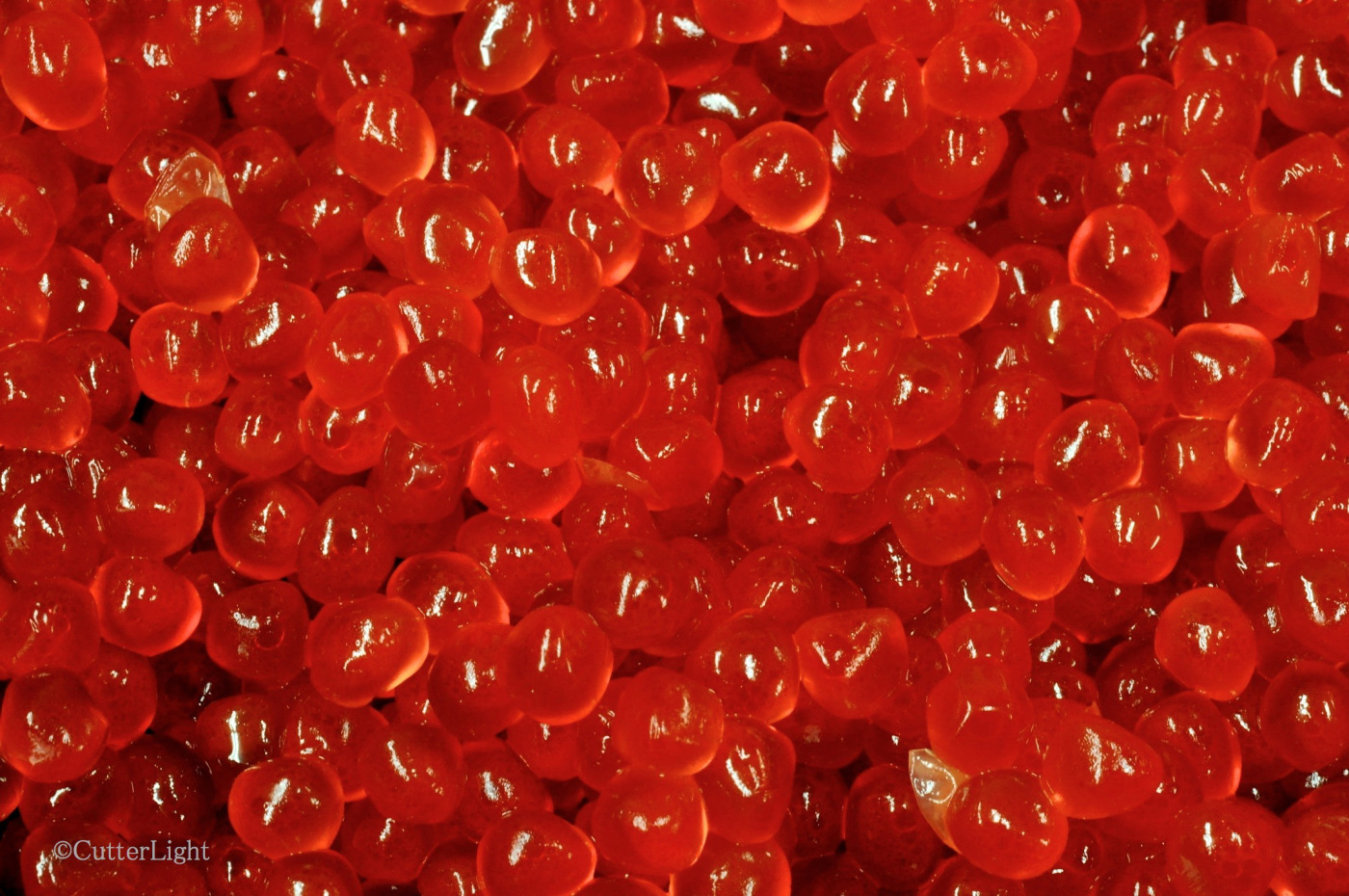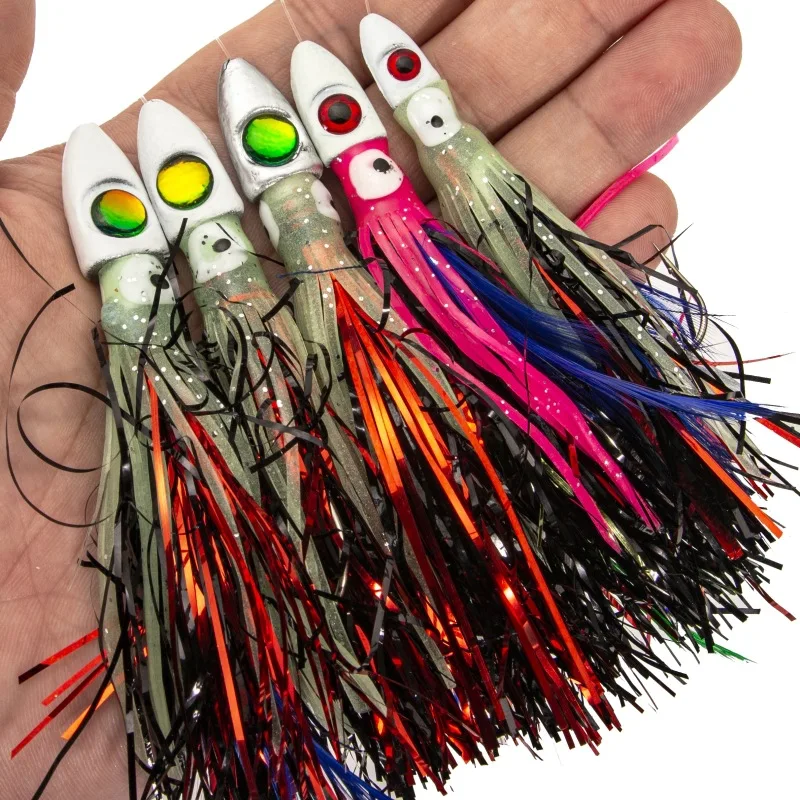Fishing in California is a dream for many anglers, offering breathtaking scenery and a vast array of fish species. However, with this abundance comes a responsibility to understand the regulations surrounding legal and illegal baits. This in-depth guide equips you with the knowledge to navigate the sometimes-murky waters of bait restrictions, ensuring a compliant and enjoyable fishing experience.
Legal Baits: Your Arsenal for Success
Here’s a breakdown of some common legal baits in California, along with their key features:
- Live Bait (with Restrictions):
- Worms and Nightcrawlers: These readily available and versatile baits are legal for use in most freshwater bodies throughout California. They are a favorite for various fish species, including bass, catfish, and panfish, thanks to their wriggling action and natural scent.

-
- Insects: Grasshoppers, crickets, and other terrestrial insects are legal and often used live bait, particularly for trout and other freshwater fish. They offer a natural food source that entices these species.
- Artificial Lures: Creativity Takes Center Stage
- Types: The world of artificial lures is vast, encompassing plastic worms, jigs, spinners, spoons, flies, crankbaits, and topwater lures. These non-living creations come in diverse shapes, sizes, colors, and actions, allowing anglers to mimic a wide range of prey and target specific fish species.
- Advantages: Artificial lures are legal statewide and offer several benefits. They are reusable, require minimal maintenance, and come in vibrant colors and realistic profiles that can be highly effective in attracting fish.
- Prepared Baits: Convenience for the Busy Angler
- Types: Dough balls, cheese baits, and commercially prepared baits can be a convenient and effective option, especially for targeting bottom-feeding fish like catfish and carp. These baits often come in various flavors and scents that can attract fish from a distance.
Illegal Baits: Protecting California’s Waters
While the options above allow for productive fishing, certain baits are strictly prohibited in California to safeguard the state’s aquatic ecosystems:
- Live Fish (Limited Exceptions):
- General Rule: The use of live fish as bait is generally illegal in California. This restriction aims to prevent the spread of invasive species and diseases that could devastate native fish populations.
- Exceptions: Some specific regions allow the use of certain live bait fish under strict regulations. These exceptions are often limited to species like golden shiners and fathead minnows, but always check local regulations before using them.
- Uncured Salmon and Trout Eggs:
- Reasoning: Using raw salmon and trout eggs as bait poses a risk of introducing harmful pathogens to waterways. These pathogens can infect native fish populations and disrupt the delicate balance of the ecosystem.

- Transporting Live Bait:
- Preventing Invasives: Transporting live bait fish from one body of water to another is strictly prohibited. This regulation aims to prevent the introduction of non-native species that could disrupt the established fish populations and ecosystems in different water bodies. This rule is particularly enforced in sensitive areas like the San Joaquin Delta.
Beyond the Basics: Considerations and Regional Variations
While the above provides a general framework, additional factors can influence bait legality in California:
- Crawdads: These crustaceans can be used as bait, but only if they are caught in the same body of water where they will be used and on the same day. This regulation helps prevent the spread of non-native crawdad species that could pose a threat to native populations.
- Regional Differences: Some counties may have additional restrictions beyond state laws. For example, Santa Clara County allows worms but prohibits live minnows, while the San Joaquin Delta permits live bait usage with the stipulation that the bait must be caught and used within the same water body.
Ensuring a Responsible and Rewarding Fishing Experience
To ensure you’re fishing with legal baits and contributing to the health of California’s aquatic ecosystems, here are some essential tips:
- Stay Informed: Before heading out, always refer to the latest California Department of Fish and Wildlife (CDFW) Freshwater Sport Fishing Regulations. You can find these regulations online or at your local sporting goods store.
- Be Aware of Local Rules: Don’t assume state regulations are the only ones that apply. Check with local authorities or fisheries management agencies to learn about any additional restrictions in your specific fishing area.
- Knowledge is Power: By familiarizing yourself with the legal and illegal baits in California, you can avoid accidental violations and potential fines. Additionally, being informed allows you to choose baits that are not only effective but also environmentally responsible.
Casting a Line for a Sustainable Future
Understanding and adhering to bait regulations in California is not just about avoiding penalties; it’s about being a responsible angler who contributes to the health and biodiversity of the state’s fisheries. Here are some additional ways to ensure your fishing experience is both enjoyable and sustainable:
- Embrace Responsible Bait Management:
- Use Reusable Baits: Whenever possible, opt for reusable baits like artificial lures or prepared baits that can be used for multiple fishing trips. This reduces waste and minimizes the environmental impact of your fishing activities.

-
- Properly Dispose of Used Bait: If using non-reusable baits like worms or nightcrawlers, dispose of them properly in the trash. Never leave them behind at the fishing spot, as this can attract scavengers or potentially introduce harmful parasites.
- Practice Catch-and-Release:
- Respecting the Ecosystem: Consider practicing catch-and-release for certain fish species, particularly those with smaller populations or those vital to the ecosystem’s balance. This allows these fish to reproduce and maintain healthy populations for future generations of anglers.
- Proper Release Techniques: If you plan to release your catch, handle the fish with care. Wet your hands before handling them to remove any harmful oils, and ensure their gills are submerged in water for a few moments before letting them go.
- Be an Advocate for Conservation:
- Stay Informed: Stay updated on conservation efforts in California and support organizations working to protect and restore fish populations and their habitats.
- Report Violations: If you witness someone using illegal bait or engaging in harmful fishing practices, report it to the CDFW. By working together, we can ensure a healthy future for California’s fisheries.
Beyond Regulations: Exploring Ethical Fishing Practices
While legal guidelines provide a framework for responsible fishing, there are additional ethical considerations that can elevate your experience:
- Minimize Bait Usage: Don’t use excessive amounts of bait. Start with a small amount and add more only if necessary. This reduces waste and minimizes the potential impact on the ecosystem.
- Target Appropriate Sized Fish: Many fisheries have regulations regarding the size of fish that can be legally kept. Respect these regulations and consider focusing on catching fish within the legal size range. This allows smaller fish to mature and contribute to the fishery’s health.
- Leave No Trace: Respect the natural environment by following Leave No Trace principles. Pack out all your trash, including leftover bait containers and wrappers. Minimize your impact on the shoreline or boat launch area to ensure a pristine environment for future anglers.

Robert Smith is the proud owner of Bait Barrels and Bows, a premier fishing sports store established in 1989. With over three decades of experience in the industry, Robert has honed his skills to become an expert angler, sharing his vast knowledge and passion for fishing with enthusiasts around the world. Through his store and writings, Robert provides invaluable tips and guidance, helping both novice and seasoned anglers improve their techniques and enjoy the sport to its fullest. His commitment to the fishing community is evident in his dedication to quality products and excellent customer service.

